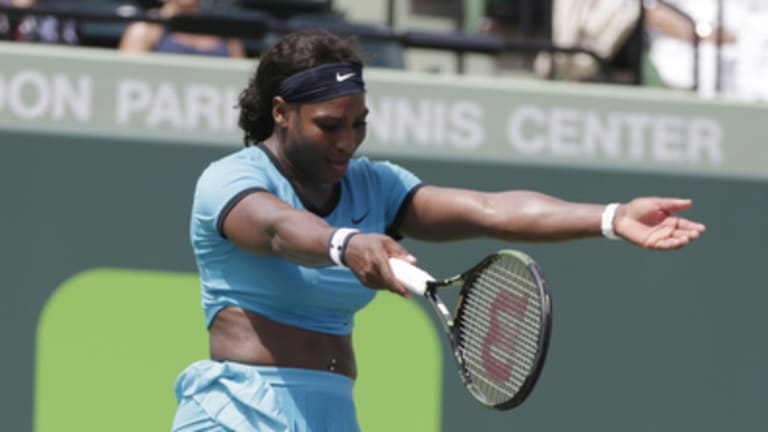KEY BISCAYNE, Fla.—“I did the best that I could,” Serena Williams said after losing to Svetlana Kuznetsova, 6-7 (3), 6-1, 6-2, in the fourth round in Miami on Monday. “I can’t win every match.”
There’s no arguing with that last statement, of course. But Serena is one of the few athletes with the good fortune—or misfortune, depending on how you look at it—of actually having to remind us that she isn’t perfect. That’s because over the last four years, since her latest and greatest career renaissance began, there have been precious few matches that she hasn’t won. In 2015, she went 53-3 and lost just one of 27 at the Grand Slams.
With her loss to Kuznetsova, Serena has now suffered as many defeats in 2016 as she did all of last year, and she hasn’t won a tournament since the Western & Southern Open last August. Can we say, as one reporter did yesterday, that she is “struggling,” and that she has gone through a lot of “drama” since then? The woman who beat Serena on Monday wasn’t buying it.
“You say drama when somebody, No. 1—which is probably one of the greatest in the history of athletes— didn’t win four Slams," Kuznetsova said. "For me this would be miracle of the year.”
